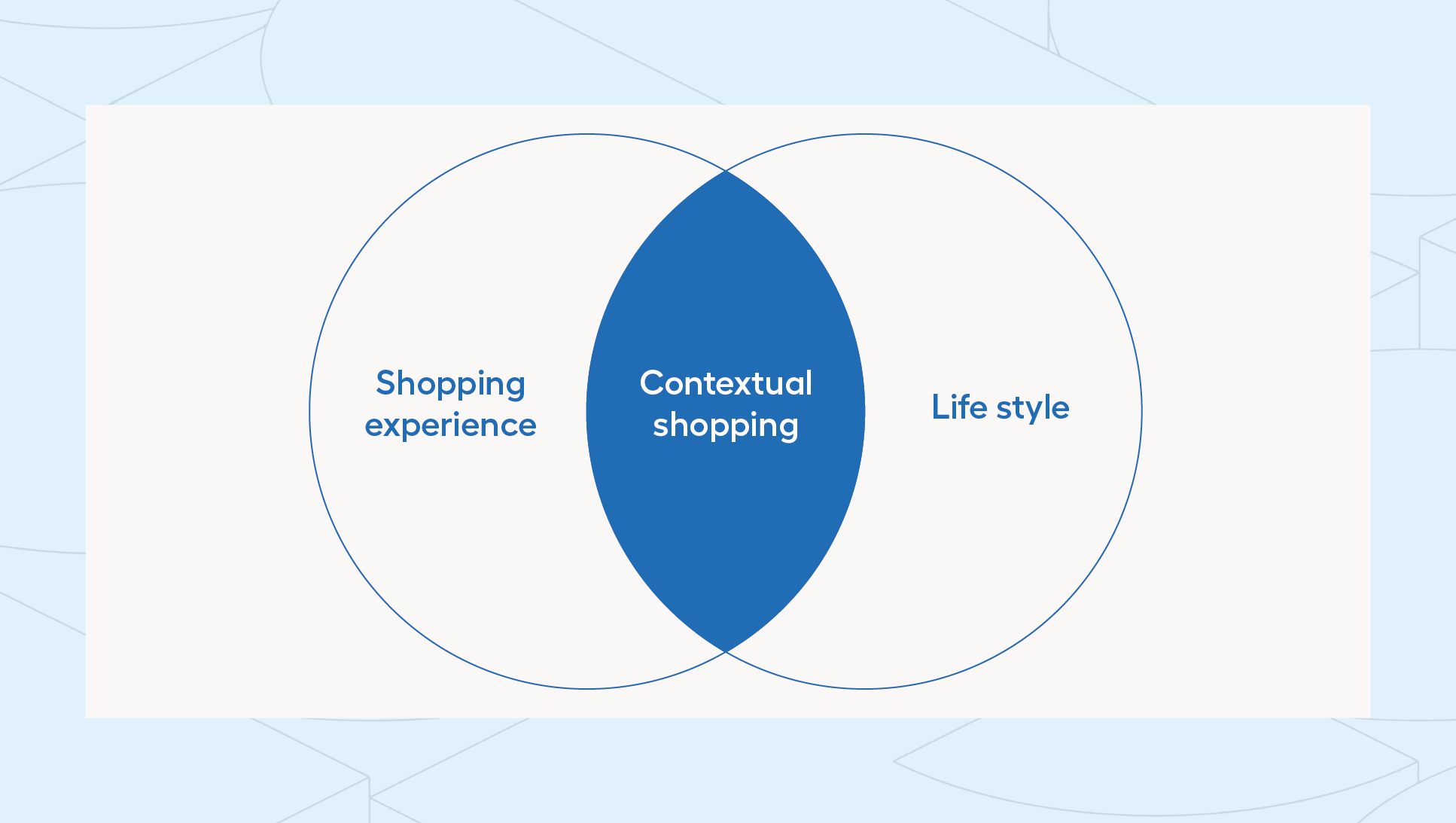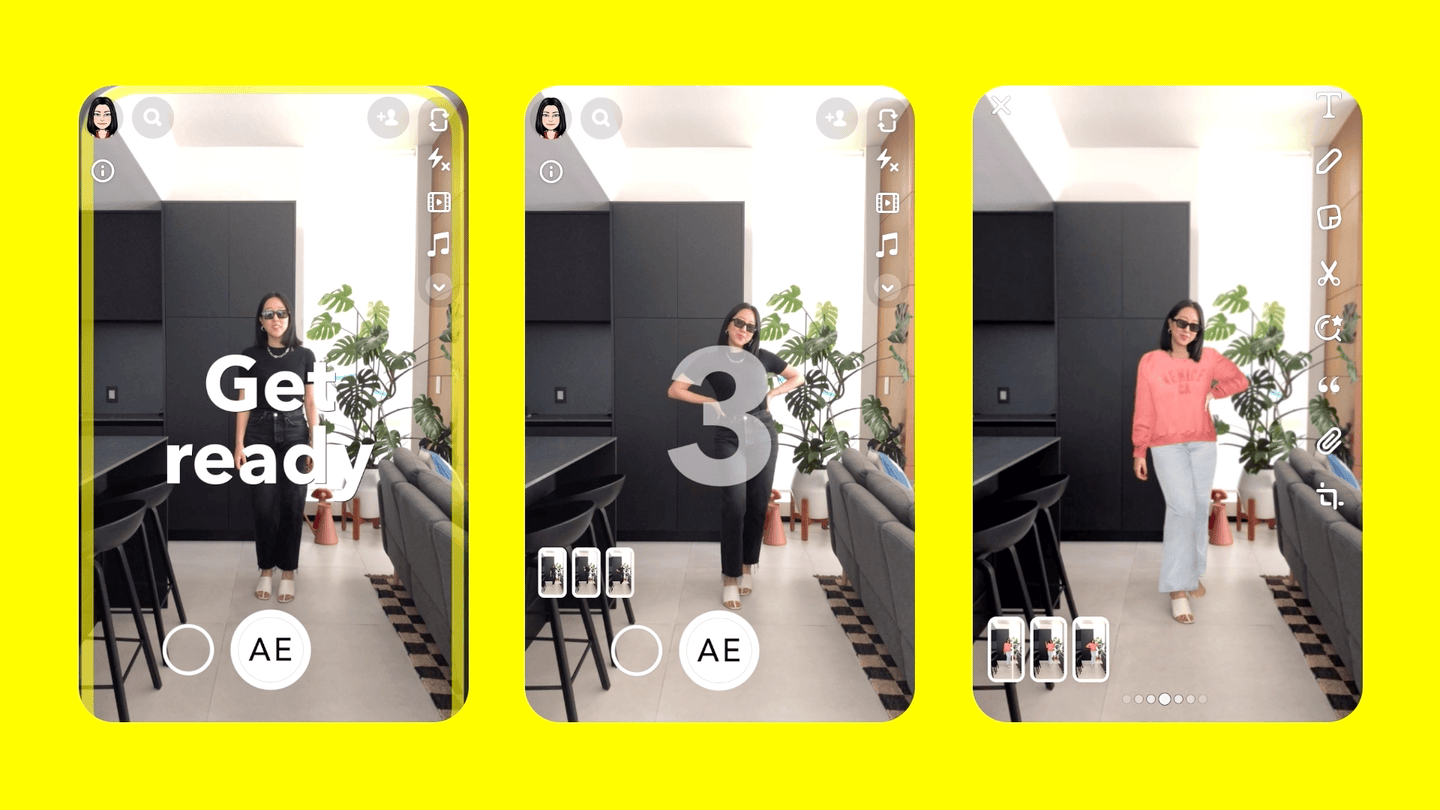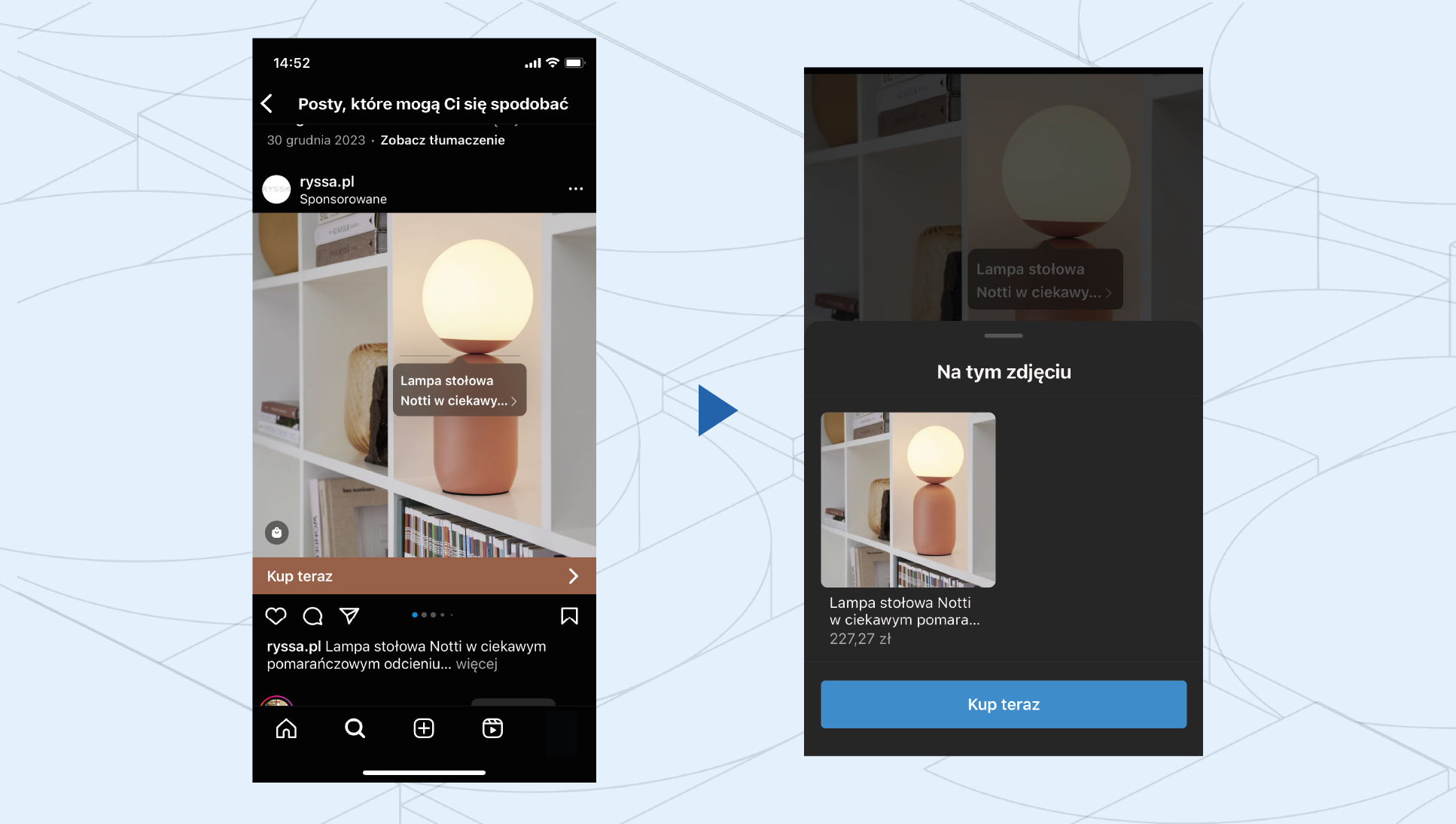Table of contents:
- Contextual shopping - what's the phenomenon behind this new trend?
- How do industry leaders do it? Examples of contextual shopping in eCommerce
- Zalando - a new dimension of virtual fitting rooms
- Amazon - home appliances that do the shopping themselves
- CCC - seamless integration of online and offline stores
- Contextual commerce - how to use context in the online store?
- Why choose contextual shopping? Benefits for your online store
- Become a part of your customers' lives with contextual shopping
- increased sales - the primary goal of any business, which you can achieve by making your product available through multiple channels.
- growth of brand awareness - even if a customer doesn't make a purchase, exposing products in various contexts increases brand awareness, leading to potential future purchases or recommendations.
- gaining a competitive advantage - a store that offers an innovative approach to product presentation stands out from the competition.
Imagine shopping so convenient that customers not only don't have to do it themselves but also don't need to think about it. Necessary products can be ordered unwittingly while performing other everyday activities. This form of creating shopping experiences is not just a scene from a futuristic movie anymore. It's also a real possibility thanks to contextual shopping. Find out what this strategy entails and how to implement it in your online store. The latest trends and technologies in the industry are discussed in this article!
Contextual shopping - what's the phenomenon behind this new trend?
Think about why so many people value shopping at Ikea - one of the largest retail chains offering furniture and decorative items. Contrary to appearances, the Swedish brand's biggest differentiator is not the wide range of products, attractive prices, or the option to relax in the store's restaurant (though each of these elements contributes to Ikea's success). What really attracts customers to frequent shopping is... context.
When visiting Ikea, buyers almost immediately encounter carefully arranged interiors and even entire homes, showcasing not only the full range of products but also capturing the atmosphere of everyday life (e.g., a wardrobe with clothes on hangers or a kitchen filled with equipment suggesting recent cooking). As a result, customers can feel like they've stepped into their own homes. Even if they didn't plan on shopping - suddenly, they feel the need to own a particular product. This situation perfectly encapsulates the idea of contextual shopping. Its aim is to prompt the customer to make a purchase or increase the value of their shopping basket in a way that makes them feel like they made the decision involuntarily, not influenced by the actions of the seller.

In summary, contextual shopping is about creating shopping experiences so that customers can make purchases involuntarily while doing other activities, such as cooking, riding the bus, or browsing social media. In simpler terms, it's shopping embedded in a specific context. By using this communication approach, retailers can expand their customer attraction strategy beyond the physical store walls or a specific URL (in the case of eCommerce) without overwhelming buyers. Shopping in the store becomes an intuitive activity, much like other daily chores.
How do industry leaders do it? Examples of contextual shopping in eCommerce
Currently, as a significant part of life has moved online, the concept of contextual shopping is gaining popularity in eCommerce too. In 2024, the term "contextual commerce" can undoubtedly be considered an industry buzzword. Although this strategy is not yet widely adopted, it's evident that more eCommerce leaders are boldly embracing it. So, how can you effectively use context in an online store? Here are a few inspirations!
Zalando - a new dimension of virtual fitting rooms
Zalando, a marketplace for clothing and accessories, offered its customers the ability to virtually try on clothes (as well as "virtual makeup" with recently added cosmetics in the platform's offer). However, this solution is not like typical virtual fitting rooms increasingly found on online store websites. Zalando moved this functionality to the Snapchat platform, where users can "try on" clothes using one of the filters available in the theme gallery. This way, users might come across Zalando's offer by choosing a filter for their photo, which they intend to share with friends.
Zalando's filter utilizes Snap AR Image Processing and Deep Learning technologies. With this combination, all the user needs to do is take a photo of their silhouette, and the app automatically transforms it into a 3D model, placing the selected clothing item on the body.
 Source: https://chainstoreage.com/new-snapchat-ar-shopping-features-include-virtual-try
Source: https://chainstoreage.com/new-snapchat-ar-shopping-features-include-virtual-try
Amazon - home appliances that do the shopping themselves
Amazon regularly surprises its users with innovative features that not only pique their curiosity but also greatly enhance the shopping experience. Some time ago, Amazon introduced the ability to shop by voice using the Alexa device. However, that's not the end of futuristic solutions. Amazon also partnered with Samsung to create a smart refrigerator. The device, by tracking product shortages, can autonomously generate a shopping list and assist in placing an online order. Household members can freely browse and add products to the cart through simple voice commands (e.g., during meal preparation). This is not only a convenient solution but also another step towards integrating shopping with daily activities.
CCC - seamless integration of online and offline stores
You don't have to look far to find context that can convince potential customers to place an order. A perfect example is the strategy adopted by the Polish shoe store network - CCC. The company installed screens in physical stores enabling customers to order products from the online store. This way, customers who find their favourite pair of shoes in a physical store but find their size unavailable at the moment can immediately place an online order. Additionally, by integrating the system with the esize.me service, customers can verify their size by scanning their feet using the available scanner in the store. As a result, the store gains confidence that the customer won't change their purchase decision, for example, by going to a competing store in the shopping mall.
Contextual commerce - how to use context in the online store?
To implement contextual shopping in your online store, you don't need to have a large budget or opt for complex implementations - you can start with activities such as social media sales (if you're not doing it yet). Popular social media platforms such as Instagram, Pinterest, or TikTok allow direct product sales within the app. A customer can come across your product advertisement while browsing updates and, with a few clicks, place an order, often without the need to go to additional pages.
 Source: Instagram
Source: Instagram
With the advancement and widespread use of artificial intelligence-based tools, solutions in virtual reality (VR) and augmented reality (AR) are also gaining popularity. Thanks to these technologies, customers can actively experience shopping, making the entire process more engaging. Examples of using VR and AR in online stores include virtual fitting rooms, virtual store walkthroughs, or even product recognition through AR (e.g., after taking a photo or scanning a code with a smartphone). Moreover, these tools also enable greater personalization of experiences, such as suggesting products based on browsing history or sending personalized newsletters. By implementing a contextual shopping strategy in your online store, you gain a double benefit - not only creating more interactive shopping experiences but also tailoring the offer to individual customer needs.
Why choose contextual shopping? Benefits for your online store
"Contextual shopping is everywhere, but its presence doesn't overwhelm the recipient" - this statement perfectly captures the idea behind the contextual sales strategy. It also presents the greatest benefit of its implementation. By shaping your store's offer in this way, it becomes not only visible but almost an integral part of your customer's life. As a result, because your store's offer extends beyond platform boundaries (e.g., appearing while watching a video on YouTube), a customer can access it at any time, place, or situation, even when not thinking about making a purchase. Consequently, your online store gains through:
Become a part of your customers' lives with contextual shopping
Contextual shopping not only makes an e-store's offer more visible but also permeates the customer's daily life, bringing benefits both in terms of sales (higher conversion and profits) and building lasting relationships with customers. Therefore, it's no wonder that more online stores are introducing innovative features and sales strategies to create unique interactions with buyers. Virtual fitting rooms or voice-command shopping are just the beginning. According to an Accenture report, rapid development of new technologies influencing the shape of e-commerce will occur in the next 3-5 years. Are you ready for these changes? Regularly reading our blog will undoubtedly help you prepare for them!



